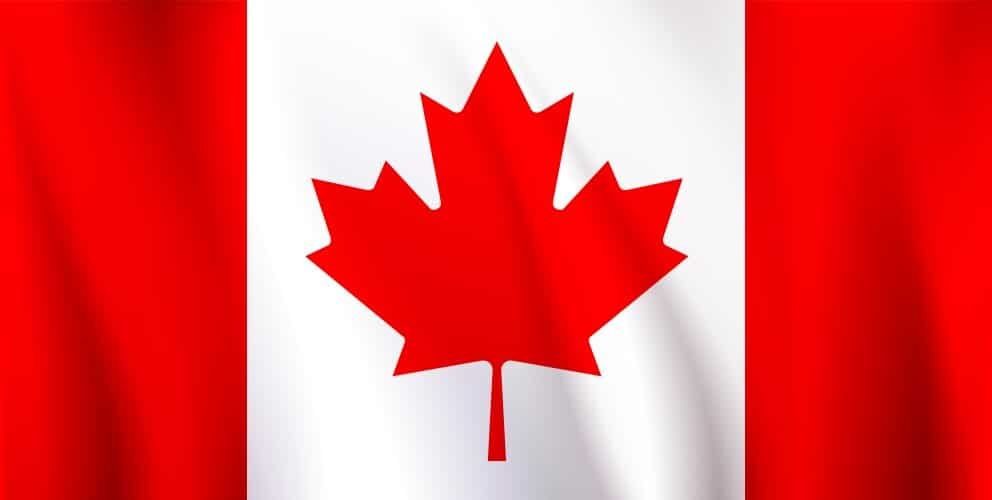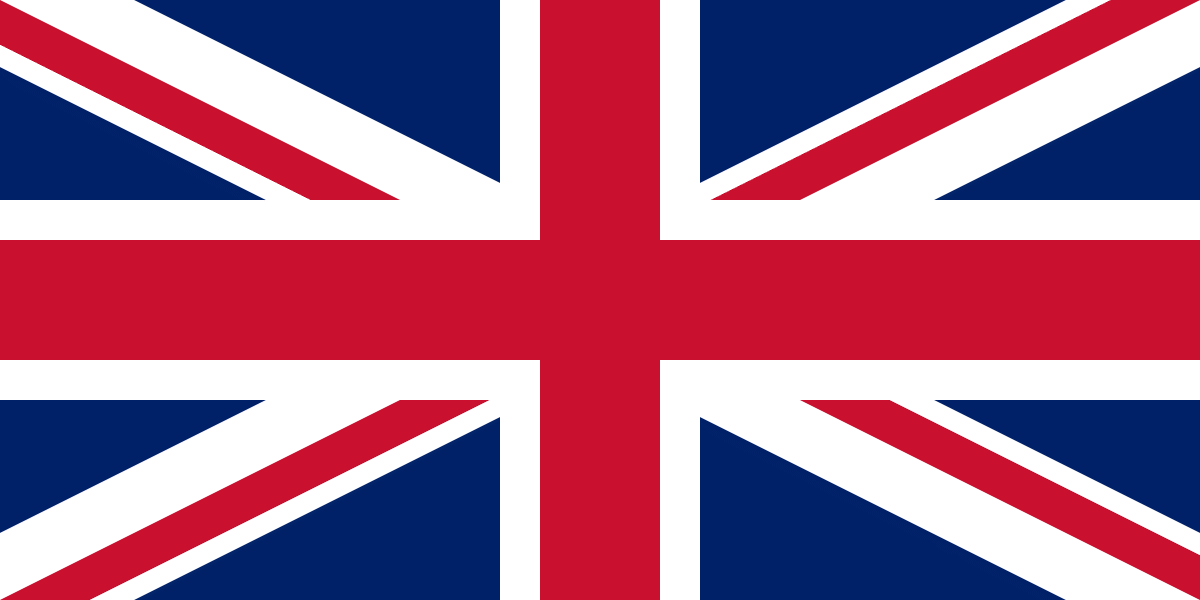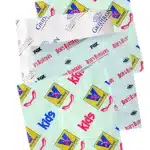Can Wax Paper Absorbed Into Food Or Not?
Can Wax Paper Absorbed Into Food Or Not?
Can Wax Paper Absorbed Into Food?
No, the wax paper has the natural ability to prevent it from soaking into food. The wax coating works like a barrier and keeps the food isolated from the paper fibers. This makes wax paper a safe and reliable choice for food wrapping and storage.
However, wax paper cannot withstand high heat. Cooking or baking with wax paper can melt the wax, potentially contaminating your food. Parchment paper is a better option for these tasks. Some people are concerned about the possibility that wax paper absorbed into food could affect the taste or texture of their dish.
The Potential Health Risks of Wax-Coated Paper
Hydrocarbon wax-coated paper can transfer harmful chemicals such as toluene and benzene into food products. Also, wax paper contains dioxins and Polyfluoroalkyl Substances which may cause cancer. Paraffin, a chemical found in hydrocarbon wax, can leach into food. When in contact with wax-coated paper under high temperatures, these chemicals can cause health problems. Consuming these chemicals may lead to hormonal disruptions and carcinogenic effects in the human body.
Effects of Wax Paper Absorption:
- Flavor: Wax paper is generally flavorless and should not affect the flavor of your food. However, if it mixes with grease or oil, it could transfer a waxy taste, especially to absorbent foods.
- Texture: Wax paper is not edible and should not affect the texture of your food. Accidentally consuming small pieces of paper could create an unpleasant mouthfeel.
- Quality: The quality of your food should not affect wax paper absorption, as long as the paper is food-grade and used correctly.
Wax On the Paper Melts When Heated
The wax paper absorbed into food could leave behind a thin layer of wax, which may not be harmful, but many prefer to avoid this residue. The wax on wax paper can melt and seep into food under certain conditions. Here’s what you need to know:
Melting:
- Heat: Wax paper is not designed for high heat. Exposing it to temperatures above 350°F (177°C) can cause the wax to melt. When baking or cooking, some may worry about wax paper absorbed into food, if exposed to high temperatures in the oven.
- Direct Heat: Avoid placing wax paper on a hot surface like a grill or broiler.
Seeping:
- High Temperatures: If the wax melts, it could seep into fatty or oily foods, especially if you heat the food for an extended period.
- Food Type: Foods with high-fat content are more likely to absorb melted wax. The idea of wax paper absorbed into food lets people think about its suitability for direct contact with ingredients in recipes
Other Changes:
- Flavor: Melted wax might impart a slight waxy or off-flavor to food.
- Texture: The wax could alter the texture of certain foods, making them greasy or oily.
Tips:
To avoid wax paper absorbed into food, many home cooks now prefer using parchment paper. We can use wax paper only when it can withstand heat without transferring chemicals
Accidental Ingestion of Wax Paper
By consuming a small part of wax paper, you do not need any medical attention. Industries manufacture wax paper food-grade materials. The wax coating contains paraffin or plant-based waxes.
These materials are not toxic and will pass through your digestive system without causing any harm. But, it is always best to avoid ingesting any non-food items, as they can cause digestive upset or other problems.
If you have ingested a large amount of wax paper or are experiencing any symptoms. The symptoms may include nausea, vomiting, or abdominal pain. Now, you need to consult with a health physician to prevent further suffering.
Important Considerations
- Food-Grade Wax Paper: When you are facing wax paper absorbed into food, always use food-grade wax paper. It is designed for food contact and is safe for consumption in small amounts.
- Use Custom Parchment Paper: This is the most common and versatile alternative. It’s heat-resistant and non-stick, and you can use it for a variety of baking and cooking tasks.
- For Wrapping Food: The freezer paper can withstand freezer temperatures and prevent freezer burn. You may also use it to wrap food for storage in the refrigerator.
- Avoid High Heat: Wax paper is not heat-resistant and can melt or catch fire at high temperatures. Avoid using it for baking or cooking. Be cautious when considering wax paper absorbed into food in hot environments. Excessive heat can cause the wax to melt and transfer into the food, even with food-grade paper
- Proper Storage: Store wax paper in a cool, dry place to prevent the wax from melting or deteriorating.
- Accidental Ingestion: While ingesting small amounts of food-grade wax paper is generally harmless, it’s best to avoid it. Be mindful when handling and using wax paper to cut the risk of accidental consumption.
By following these guidelines, you can use wax paper to wrap, store, or line food without compromising its flavor, texture, or quality.
FAQs
Is Waxed Paper Safe For Food?
Wax Paper contains a special coating known as non-stick paraffin wax coating. However, the paraffin can melt when exposing an elevated temperature. This non-stick paraffin wax coating makes it suited for cold food storage or as a barrier between food and surfaces. Wax paper has no resistance to high temperatures. It will melt if we expose it to excessive heat or oven.
Can You Eat Food Off Wax Paper In The Oven?
Wax Paper is a roll of paper that has coatings of a very thin layer of paraffin wax. This paraffin wax coating helps the wax paper to avoid melting into your food when heated. People can use the wax paper for kitchen-related activities like wrapping the meat and preventing the food from sticking. But you cannot place the wax paper for heating inside the oven due to the melting of wax coatings.
The wax paper is nonstick and prevents the food from sticking to it. Also, it keeps the moisture away. But the wax paper is not able to handle heat well and then it can melt into your favorite recipe.
What Is A Good Substitute For Wax Paper?
Parchment paper and custom greaseproof paper are a great alternative to wax paper that doesn’t absorb into food. It is coated with silicone which makes it heat-resistant and non-stick to lamb, beef, and pork’s meat. You can use it for various activities mainly baking, cooking, and lining your baking pans in an efficient way.
Does Wax Paper Absorb Light?
No, wax paper does not absorb light. It is a translucent material, meaning it allows some light to pass through while also scattering and diffusing it. This is why you can see objects through wax paper, but the image is blurry and distorted.
Does Wax Paper Absorb Oil?
No, wax paper does not absorb oil. It has a thin coating of wax on both sides that repels both water and oil, making it ideal for wrapping greasy foods or lining baking pans for non-bake recipes.
Does Wax Paper Absorb Water?
No, wax paper does not absorb oil. It has a thin coating of wax on both sides that repels both water and oil, making it ideal for wrapping greasy foods or lining baking pans for non-bake recipes.
How To Unstick Wax Paper From Food?
If you see the paper sticks with the cake, you can gently loosen the wax paper from it with a damp towel method. You can remove the area of the affected cake’s bottom in case wax paper sticks to the cake. But, this does not affect the appearance of the cake for social events.
Is Wax Paper Digestible?
Wax Paper is very helpful for chefs when they want to store and wrap the food. Manufacturing industries have not designed wax paper for edible purposes. But in case you have ingested a little part of wax paper by mistake, you are safe from its adverse effects.
What Chemicals Are In Wax Paper?
Most of the wax paper companies use petroleum-based paraffin wax and chlorine. However, some brands use natural alternatives by applying unbleached paper and soy wax. We should consider some parchment papers to be toxic PFAS or bleached with chlorine.
What Temperature Can Wax Paper Withstand?
While the exact melting point of wax can vary depending on the specific type of wax used. It’s generally safe to say that we should not expose the wax paper should not to temperatures above approximately 210 degrees Celsius (410 degrees Fahrenheit). Exceeding this temperature can cause the wax to melt and transfer into your food.

















